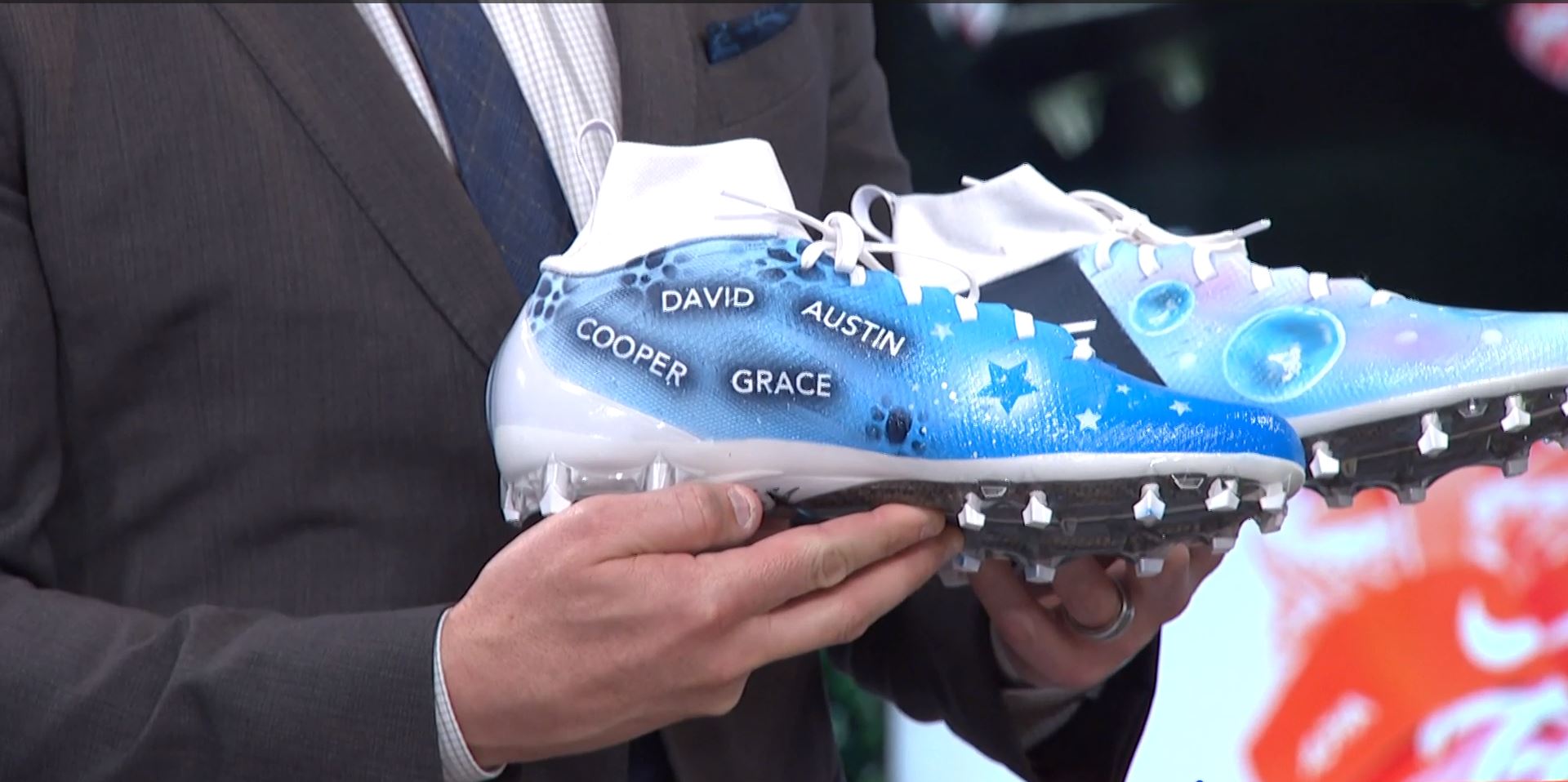Prescription drug naming is surprisingly highly regulated. Proprietary drug names in the US are reviewed by the Center for Drug Evaluation and Research (CDER)’s Division of Medication Error Prevention and Analysis (DMEPA), who ensures the spelling and appearance of the proposed name is distinct from other existing drug names. They work together with the Office of Prescription Drug Promotion (OPDP, formerly the Division of Drug Marketing, Advertising, and Communications), who watch out for misleading drug names, such as those that overstate efficacy or understate risks.
But to most consumers, the names of prescription drugs are meaningless and often hard to pronounce. However, just as a well-marketed brand name can have a strong influence on purchasing behavior, a strategically chosen drug name could potentially influence which drugs a doctor prescribes and which drugs a patient takes.
In a first-of-its-kind study, the OPDP intends to explore how drug names affect the perceptions of 500 healthcare providers and 500 members of the general public. The researchers will show the participants ten drug names that range in how explicitly it overstates efficacy or suggests an indication. One of the drug names is ‘CureAll,’ a US Food and Drug Administration (FDA)-tested name specifically designed to be “extreme” and “explicitly suggestive.”
The drug name ‘CureAll’ is not likely to pass FDA standards, but other naming practices could have subtle but damaging or negative effects on patient safety. Consider the prefix “Depo,” which, in medical terms, refers to an injection into localized tissue (e.g. subcutaneous, intramuscular or intra-articular). The FDA and Institute for Safe Medication Practices (ISMP) received 11 error reports between 1999 and 2015, over half of which involved a mix-up between the contraceptive injection Depo-Provera and the immunosuppressive corticosteroid Depo-Medrol. According to FDA best practices released in 2014, proprietary drug names cannot include a reference to product-specific attributes, including the route of administration.
Despite these strict regulations, medication error as a result of drug name confusion continues to be a problem. A combination of illegible handwriting and drug names that look alike and sound alike contribute to incorrect dosing, route of administration or even the incorrect medication itself. According to an ISMP study, 603 out of 6,206 error reports submitted to ISMP between 2012 and 2016 were related to drug name confusion.
A prescription drug name, once reviewed and approved, can play a significant role in a company’s overall brand and image. Viagra, one of the world’s most commonly-prescribed erectile dysfunction drugs, was integral to Pfizer’s success in the late 1990s, reportedly generating annual sales of $1.8 billion. The name ‘Viagra’ was coined by Arlene Teck, creative director at ixxéo healthcare, a fusion of the words “vigorous” and “Niagara.” Sales of Viagra surpassed those of its competitors even one year after its patent expiration.
Taking all of these factors into consideration, it is no wonder that prescription drug naming is critical to a company’s success. The new study by OPDP may provide further guidance on best practices for drug naming to ensure patient safety is prioritized.












Join or login to leave a comment
JOIN LOGIN